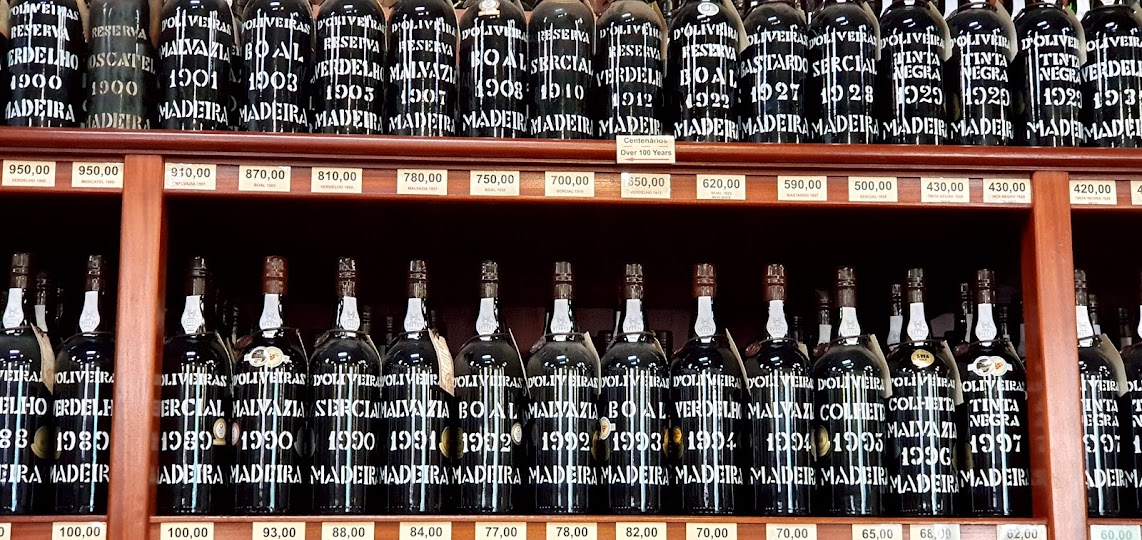I confess that I signed up for the Sake Master Class organized by the Italian Sommelier Association in London with a mixture of curiosity and skepticism. Like most of my fellow sommeliers in attendance, I had drank sake on numerous occasions. But this had happened exclusively in Japanese restaurants, satisfyingly combining it with sushi or tempura, but without a systematic criterion. As if the pairing parameters - concordance and contrast - that we have learned to apply when we marry a wine with a Western dish do not apply to sake. Sake sweet or dry, aromatic or fruity, cooler or softer, served at what temperature? We lacked the tools to make the best decisions.
 |
| With colleagues during the master class |
The olfactory analysis is more simplified than the cosmology of scents that we can receive from a complex glass of wine. Finally, the olfactory-gustatory analysis, the only one truly relevant for sake. Here the parameters at play are more numerous, and the AIS categorization on the balance between soft sensations (sweetness, pseudo-alcoholicity and softness) and hard sensations (only acidity and flavor, there are no tannins) can be applied, with some adaptations. The range of flavors and aromas that emerges upon careful tasting is surprising, even if not as diversified as that of wine. Less complex than wine from an organoleptic point of view, sake however has a greater range of temperatures to be enjoyed, which can vary from 5 degrees centigrade up to 60!
It should be noted that the result of a good sake is mainly the work of the producer and less of mother nature. In fact, there are different types of rice (the "vine varieties" of sake) and terroir, but in both cases sake producers cannot have the panoply of tools available to the winemaker and oenologist. The fundamental elements here are koji, a mold used to produce sugar from rice starches, and then yeasts for transforming sugar into alcohol. The manufacturer's mastery is asserted on these.
Like wine, sake has a thousand-year history behind it and a bright future ahead, and for both their respective producers tend to favor quality over quantity. Unknown in the West until recently, today it is discovered by sommeliers all over the world for its great flexibility in pairing with international cuisine. During the London event we were even amazed by the happy pairing of sake with the bête noire of wine: the artichoke!







